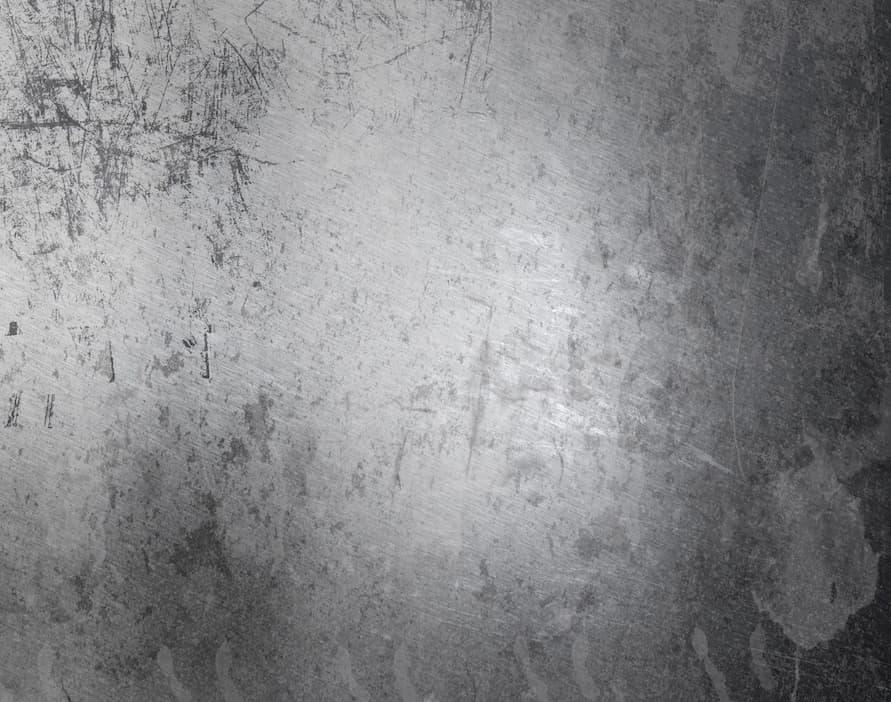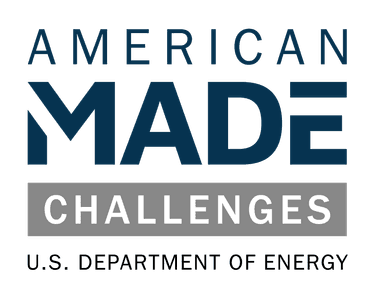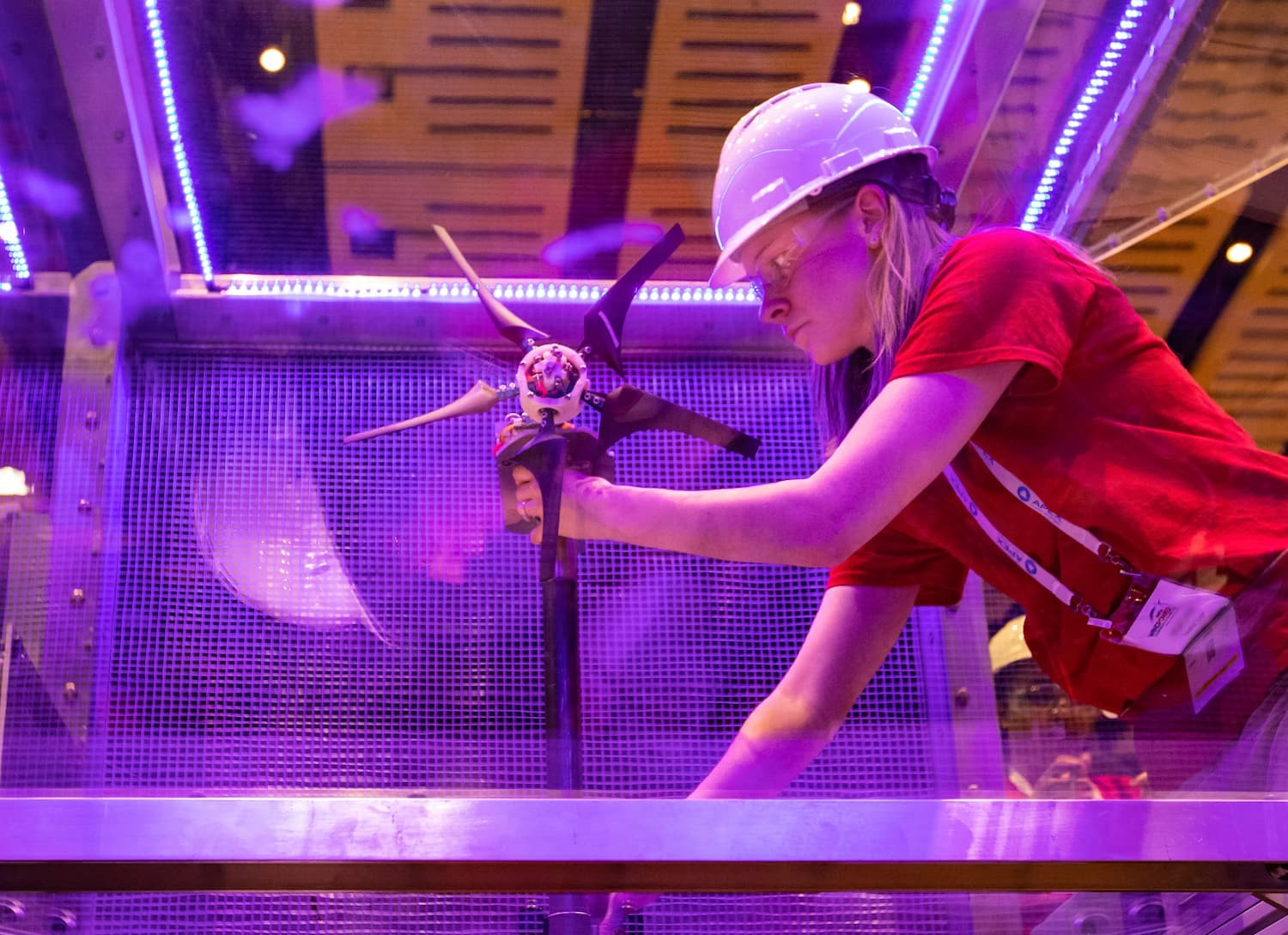

Collegiate Wind Competition
The U.S. Department of Energy’s (DOE’s) Wind Energy Technologies Office (WETO) launched the Collegiate Wind Competition (CWC) in 2014. CWC helps college students prepare for jobs in the wind and renewable energy workforce through real-world experiences with wind energy technology, project development, finance, communications, and outreach.
Competition Overview
CWC helps multidisciplinary teams of undergraduate students prepare for jobs in wind and renewable energy through the following activities:
- The Turbine Prototype Contest & Turbine Testing Contest, in which teams design, build, and present a unique, wind-driven power system based on market research and test the wind turbine in an on-site wind tunnel.
- The Project Development Contest, in which teams research wind resource data, transmission infrastructure, and environmental factors to create a site plan and financial analysis for a hypothetical wind farm.
- The Connection Creation Contest, in which teams conduct outreach with the wind energy industry, their local communities, and local media outlets to raise wind energy awareness and promote their accomplishments.

Join the CWC mailing list to receive updates on this competition. Visit the CWC news page for updates, alumni success stories, and other CWC news.
General Competition Timeline
Throughout the school year leading up to the competition, teams participate in the contest activities outlined in the Competition Overview section and submit reports on each. The competition culminates each spring when teams conduct final turbine testing and present their work to a panel of wind energy experts.
Each Spring: CWC organizers begin accepting applications for the next year's competition. Interested schools fill out an application to participate in CWC during the upcoming school year.
Each Summer: CWC organizers select the teams that will participate in the competition during the first half of the upcoming school year. Project funds are available to the participating teams.
Each Fall: Teams prepare their first set of submissions.
Each Winter: CWC organizers narrow the competition to the finalist teams, which will continue to participate during the second half of the school year.
Each Winter and Spring: Finalist teams prepare their final submissions, conduct final turbine testing, and present their work to a panel of wind energy experts at the CWC final event.
Who is Eligible to Compete?
A team must comprise undergraduate students subject to the following guidelines:
- Students may come from a mixture of 4-year colleges or universities in the United States and 2-year institutions, such as community colleges.
- Students from international institutions are welcome to participate on a team but must partner and apply with a team of students from a domestic U.S. institution as the lead. International participants will not be eligible to receive cash prizes directly from DOE.
- Phase 1 teams are not required to have a faculty advisor by the Phase 1 submission deadline; however, teams will need to engage a faculty advisor from a college or university in the United States to be eligible to compete in Phase 2.
Teams should strive to include a diverse range of academic disciplines, including but not limited to:
- Engineering
- Business
- Marketing
- Communications
- Environmental and Public Policy
- Social Sciences
Teams should also strive to include students from groups historically underrepresented in science, technology, engineering, and mathematics.
Solutions that help shape the future
Are you a thinker, entrepreneur, facility or potential partner? Anyone with an innovative idea can help promote transformation by participating in the American-Made Challenges.